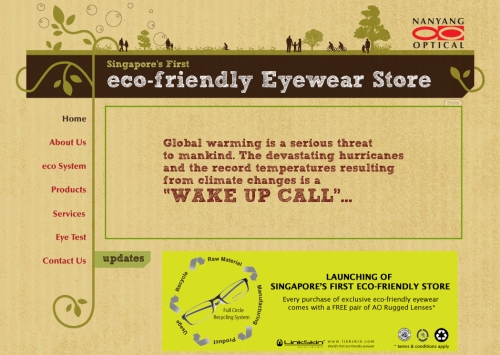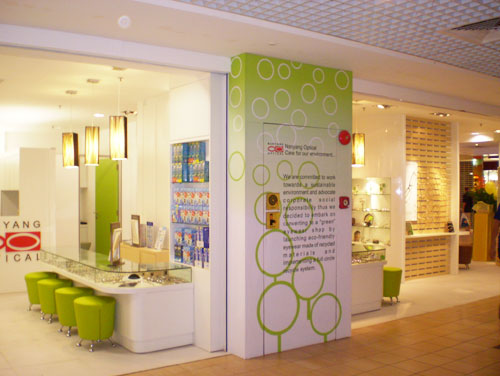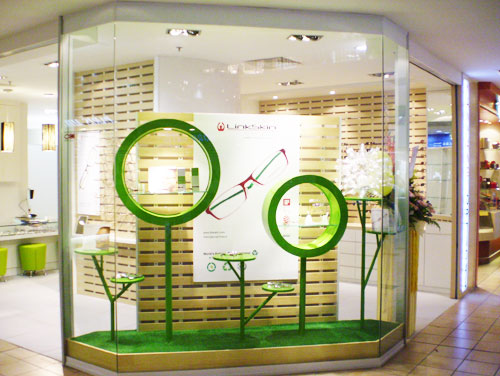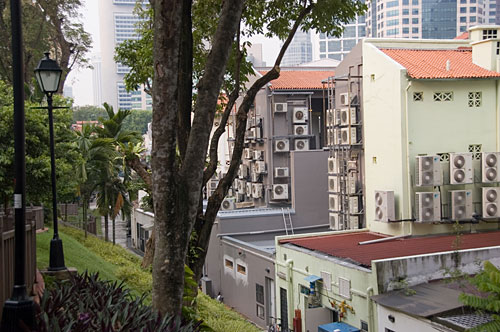Bamboo chopping boards now available at CHOOSE. – Singapore’s first eco-store
I met the young team behind CHOOSE. at a recent environmental forum.
James, and his partner Stuart, opened Singapore’s first dedicated eco-store just in September, and already I have seen a healthy flow of traffic to their shop in Chinatown.
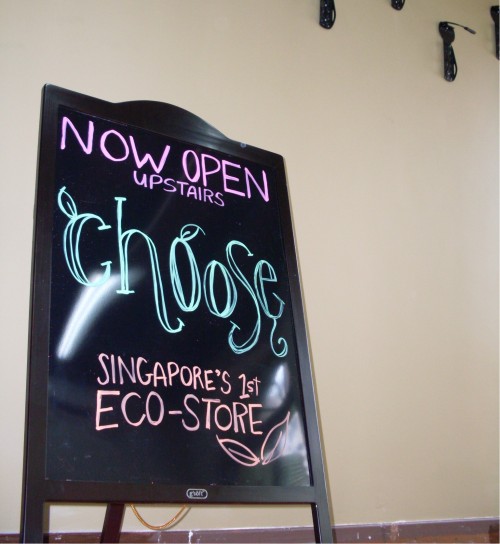
It aims to be a one-stop location for all your green needs. There are environmentally friendly alternatives for everything from household cleaners and organic clothes to energy efficiency monitors and office supplies.
All the products are reusable, biodegradable, made from recycled or recyclable materials, or made up of chemical-free and non-toxic compounds.
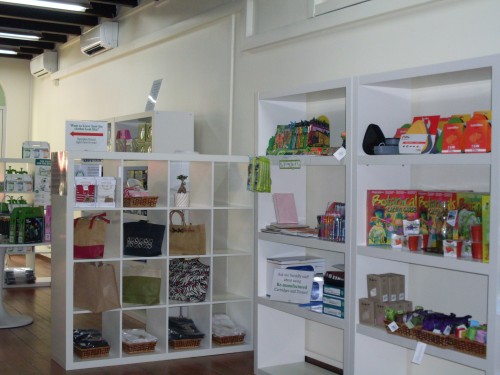
James and Stuart are also going beyond retail, and reaching out to the community. They’ve got a whole host of eco-initiatives, such as collection of recyclables, printer cartridges and toners, and compost, and even electronic waste like batteries (got discounts on rechargeable batteries!). You can also donate your used items ala Free Cycling.
Other initiatives include promoting cycling to work by offering secure bicycle parking, shower, and locker facilities. The 2 guys are leading by example and cycling to work.
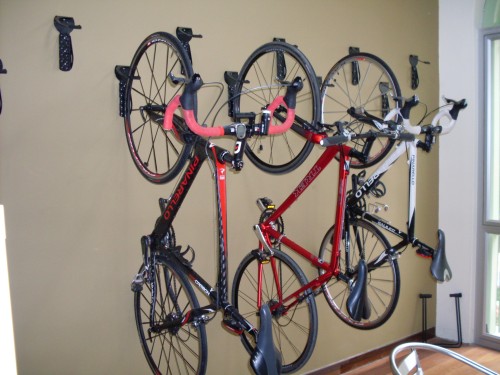
And of course, now you can pick up Star Bamboo’s eco-friendly bamboo chopping boards there too!
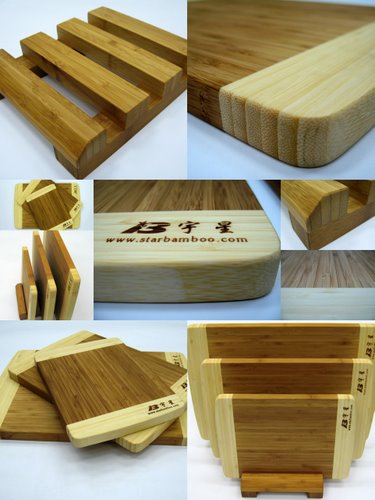
So head over to CHOOSE. today and check it out for yourself!
Update (8 Dec 2011): Just learnt that CHOOSE has left the Sago Street venue from 31 Nov. They are operating an online store at the moment.
